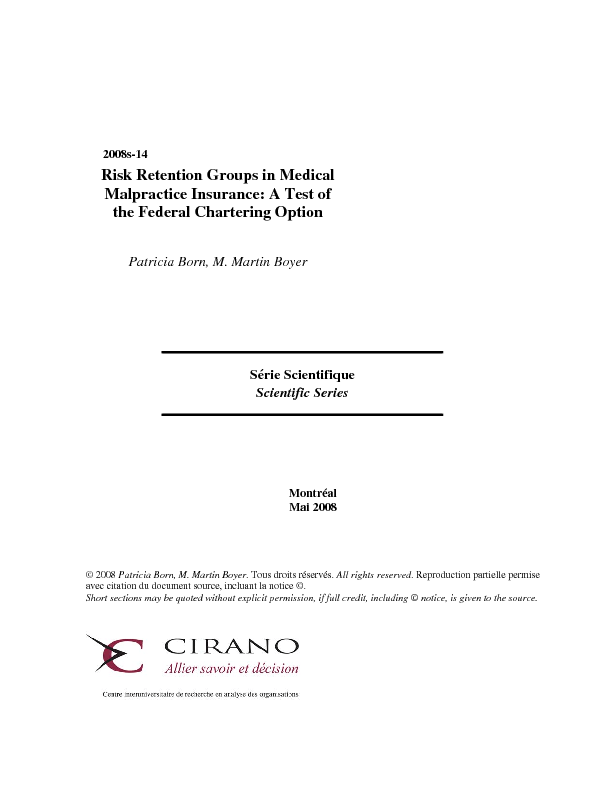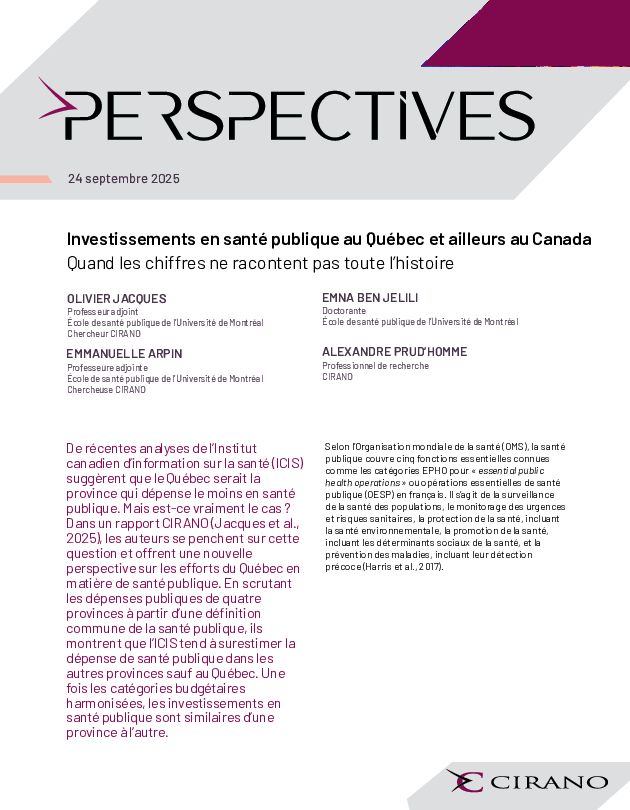Risk Retention Groups in Medical Malpractice Insurance: A Test of the Federal Chartering Option
The liability crisis of the eighties led to the enactment of the federal Liability Risk Retention Act of 1986, which encouraged the formation of risk retention groups, a new organizational form that is incorporated under a federal charter. We use risk retention groups as a proxy for insurers opting for a federal charter and assess empirically the economic viability of an optional federal charter. Using annual data from the National Association of Insurance Commissioners, we assess whether risk retention groups increase insurance availability and competition in the medical malpractice insurance industry. We consider the insurers' use of two different types of insurance contracts, namely occurrence contracts and claims-made and reported contracts, and evaluate the benefits to policyholders and society of insurers having access to an optional federal charter, while remaining under state regulatory and solvency controls.
[ - ]




